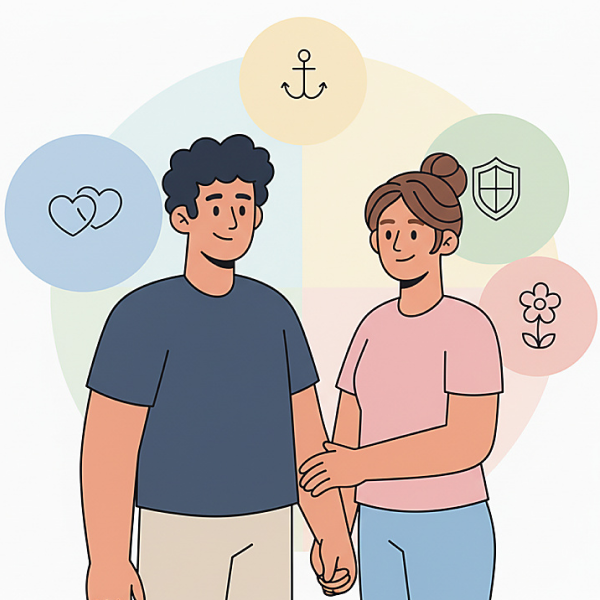
Why Attachment Patterns Matter More Than You Think
In everyday dating, the concept of relationship attachment styles often clarifies why two people misread each other. Instead of labeling someone “clingy” or “cold,” you can identify specific habits that emerged to protect closeness in earlier relationships. This reframing turns tension into data, inviting curiosity and empathy rather than judgment. Couples who adopt this lens often find that resentment softens quickly because meaning replaces mystery.
Roots of Connection
Beyond childhood bonds, modern psychology explains how attachment relationships shape conflict cycles and repair. Partners are better able to recognize protest behaviors, de-escalate, and give reassurance that lands. Over time, the home becomes a secure base where both novelty and comfort flourish. Even in high-stress seasons, a shared model of bonding helps people stay aligned on goals and values.

Attachment Styles in Adult Relationships
When educators map the field, they describe the types of attachment styles relationships scholars commonly observe in longitudinal studies. You’ll see how traits like emotional availability, trust, and flexibility cluster into recognizable patterns. That clarity supports individualized healing, because different histories require different corrective experiences. Rather than a fixed label, consider the pattern a working hypothesis to guide growth.

From Bowlby to today, clinicians lean on the phrase attachment theory adult relationships to connect early patterns with adult intimacy. These links explain why some people pursue closeness urgently while others minimize needs to prevent letdowns. Therapy, coaching, and experiential practice can shift these tendencies by pairing new behaviors with safe, consistent responses. Over time, a nervous system learns it no longer needs old defenses to stay connected. Across cultures, therapists compare attachment types in relationships to tailor interventions for partners with distinct histories. Guided experiments such as structured check-ins, timed reassurance, or boundary-setting scripts let couples test new moves in low-stakes moments.
Attachment Habits
For planning growth, couples benefit from contrasting the different types relationships researchers document across commitment stages. Awareness helps you pick rituals that fit your season, like nightly debriefs during new parenthood or adventure dates to refresh long-term bonds. Personalizing routines to your specific pattern makes progress feel attainable because you’re working with, not against, your nervous system.
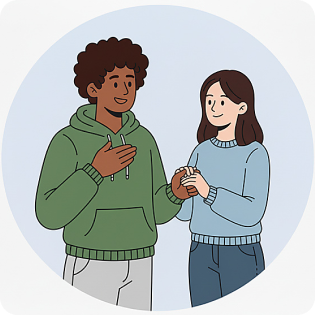
Take Attachment Style Quiz for Relationships
In practice, coaching becomes smoother when clients understand attachment styles in adult relationships as skill sets that can be refined. Security is not a personality; it’s a practice. Partners who intentionally build repair skills, deepen emotional literacy, and develop flexible boundaries report steadier satisfaction and faster recovery after stress. The payoff is cumulative, compounding into trust you can feel in your body.
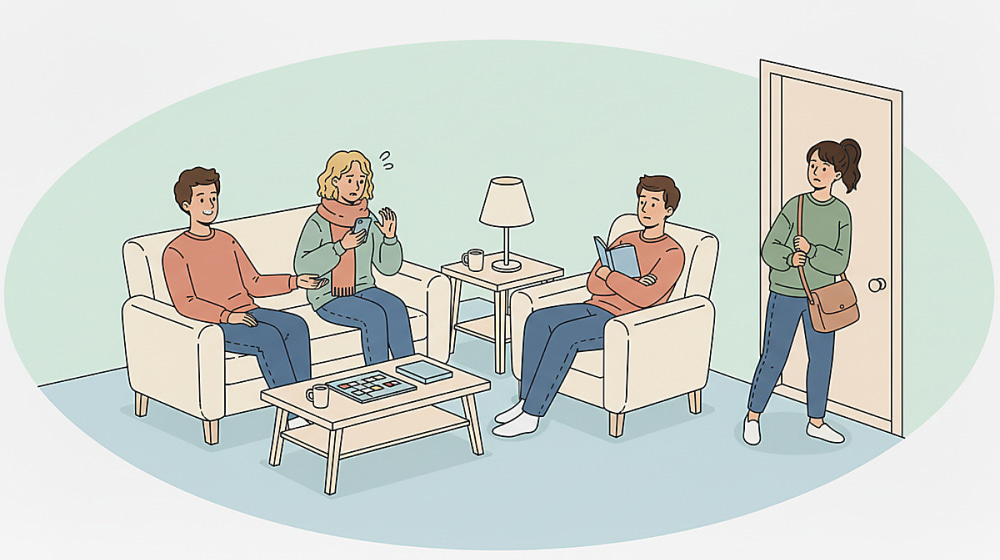
Dating satisfaction tends to rise as partners decode attachment styles romantic relationships without shaming or pathologizing differences. Compassion replaces caricature when you see a protest as a bid for closeness, or a shutdown as a guard against overwhelm. With practice, couples transform friction into intimacy by responding to the need under the behavior.
The 4 Attachment Styles in Relationships
A concise overview helps you translate theory into everyday choices, so you can pick the right move when tension rises. You don’t need to memorize every nuance to benefit from this framework; you only need to recognize your primary pattern and the first step that steadies you. The next grid turns abstract traits into practical signals and responses you can use this week. As you skim the grid below, you will see how different attachment styles in relationships line up on anxiety and avoidance dimensions. Keep in mind that people often blend features across categories, and context can push anyone toward protest or withdrawal. Treat the table as a compass rather than a verdict, and revisit it after real-life experiments.
| Style | Core Belief | Triggered By | Growth Moves |
|---|---|---|---|
| Secure | “I am lovable, and others are reliable.” | Change without communication | Share needs early; keep rituals of connection |
| Anxious (Preoccupied) | “Closeness can vanish if I’m not vigilant.” | Delays, ambiguity, mixed signals | Ask directly; soothe body; reality-check assumptions |
| Avoidant (Dismissive) | “Independence is safest; needs risk rejection.” | Emotional intensity or rapid demands | Name limits; offer timeframes; practice micro-reassurance |
| Fearful-Avoidant (Disorganized) | “Closeness is desired and dangerous.” | Intimacy followed by unpredictability | Build consistency; titrate closeness; seek trauma-informed care |
To make it concrete, the chart summarizes the 4 attachment styles in relationships using a quick glance format for busy readers. Partners can choose one steadying practice per style and revisit it during low-stakes moments, which trains the nervous system to expect safety. Over time, these small repetitions accumulate into confidence and ease.
Identify Your Pattern
For self-discovery, many readers start with a reputable relationship attachment styles quiz before journaling about recent conflicts. Instead of chasing a perfect label, treat results as a hypothesis to test. Share takeaways with your partner, ask for feedback on accuracy, and design one tiny experiment for the week. Momentum grows when changes are actionable and observable.
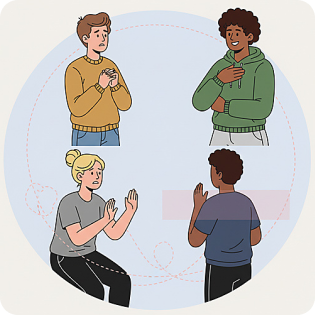
Relational Attachment As Practice, Not Identity
If patterns feel rigid or volatile, that may reflect unhealthy attachment in relationships that deserve compassionate attention and support. Professional guidance can help unwind reflexes rooted in earlier experiences, especially when trauma or betrayal has shaped expectations. Healing is rarely linear, but steady practice and consistent responsiveness build a new baseline of safety.

During reflection, it helps to name your habits as attachment styles in relationship dynamics rather than fixed personality traits. Identity softens when you describe behaviors as learned strategies, which makes change feel possible. Partners can co-create rituals, check-ins, gratitude swaps, and transition hugs that stabilize the bond and make security the default.
Frequently Asked Questions
The Latest News
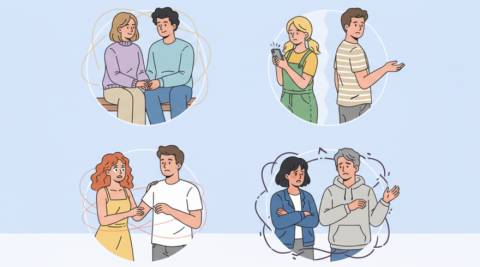


Please Note
This website (relationshipattachmentstylesquiz.com) is not an official representative, creator or developer of this application, or product. All the copyrighted materials belong to their respective owners. All the content on this website is used for educational and informative purposes only.
